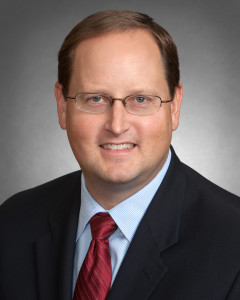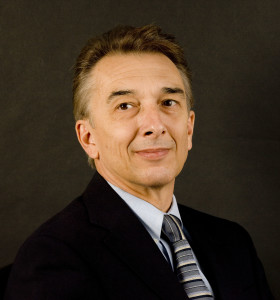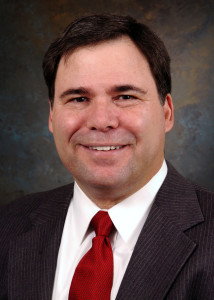From Michelle Sandlin’s “On the Move” column in the Houston Chronicle
Publication Date: June 10, 2014
Relocation activity and general population growth have greatly contributed to the expansion plans of Houston area health care facilities and hospitals. As such, the Texas Medical Center now has a reach that extends into nearly every suburban community throughout the Houston area.
Fort Bend County is one area in particular that has seen significant growth within the health care sector.
Gregory Haralson is CEO, Memorial Hermann Sugar Land Hospital, which is currently undergoing an expansion project that includes an upgrade of the hospital’s Emergency Center, additional operating rooms, and a new six-story tower.
Haralson said that the hospital is looking at the population growth in Fort Bend County as a whole, which includes new residents who have moved in as a result of corporate relocation, and responding to that need through the new expansion project.
“With fast growth of the county in our area here in Sugar Land, we’re seeing a lot more demand on our emergency rooms and are trying to accommodate that with additional space,” he said.
In terms of companies that may be relocating to the area, Haralson said that the hospital works closely with theFort Bend Economic Development Council (EDC).
“We are where we are in a large part due to our partnership with Fort Bend EDC, and it has been a great partnership moving forward as we look at job creation,” Haralson said. “We are active in that realm in terms of making sure that we’re staying abreast of new companies coming to the area and what their needs are and that helps us look at health care demands.”
Sidney J. Sanders is senior vice president, construction, facilities design and real estate at Houston Methodist. He said that Houston Methodist is also looking at where the population as a whole is growing and then expanding their health care facilities accordingly.
“You really have to look at where the growth is occurring, and that it is happening all over the city, whether you are talking about Pearland or Sugar Land, or big subdivisions like Sienna Plantation and Cinco Ranch,” Sanders said. “It’s also happening in Katy and the Energy Corridor, and in the I-45 corridor with the Exxon campus relocating and acting as a huge magnet for other relocations.”
Sanders said that Houston Methodist has several expansion projects in the works throughout the Houston area to meet the demands of the growing population.
“Everywhere that we are investing capital to expand our capacity is directly mirroring the growth areas where people are coming into Houston and expanding those communities, and relocation is obviously a big component of that,” he said.
Sanders also addressed the fact that the Texas Medical Center has expanded well beyond the Medical Center, but also said that it is the sophisticated capability that has expanded as well.
“Now you can get the same sophisticated medical services that you used to have to go to Texas Medical Center to get, and you can get them at these large, very robust community hospitals,” Sanders said.
David Koontz is senior vice president of CHI St. Luke’s Health, and he also addressed the far-reaching capabilities today of the Texas Medical Center.
“Historically, the Texas Medical Center has been kind of the center of gravity for the health care sector,” Koontz said. “It has strong medical schools, allied health professional schools and internationally renowned research institutes that continue to produce some of the more skilled health care providers in the country, and the access to those providers is becoming more and more challenging due to urban sprawl.
“So as these areas, which have been semi-rural communities, become suburbs generated by the population growth, the suburbs need to develop the infrastructure of other mature communities. Not only schools and municipal services, but with hospitals and health systems as well.”
Koontz also pointed to the availability of information technology and other technology, which he said makes it possible to coordinate care in a more real time basis across a broad geographic area.
“We are standardizing protocols for medical treatments that allow us to try and assure the same level of care more remotely that historically was found in the Medical Center,” he said.
Koontz said that Houston is very fortunate to be able to enjoy a sustained population growth that is self-perpetuating. By having a strong economy and jobs, Koontz said that Houston continues to create growth that in turn continues to generate more jobs.
One of the strongest components of Houston’s diversified economy, according to Koontz, is the health care segment, and because it is strong, it can afford to grow with the population.


